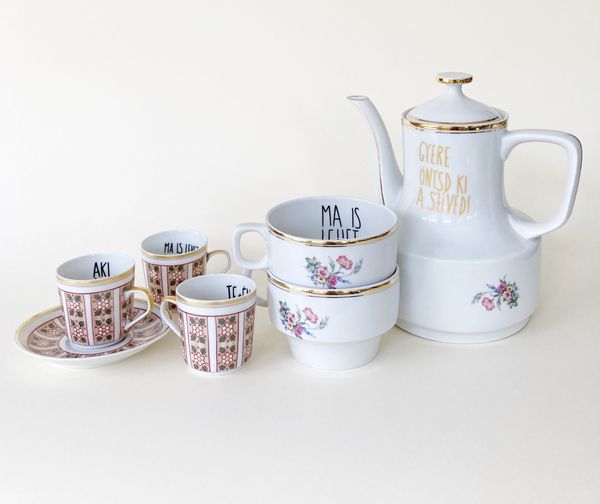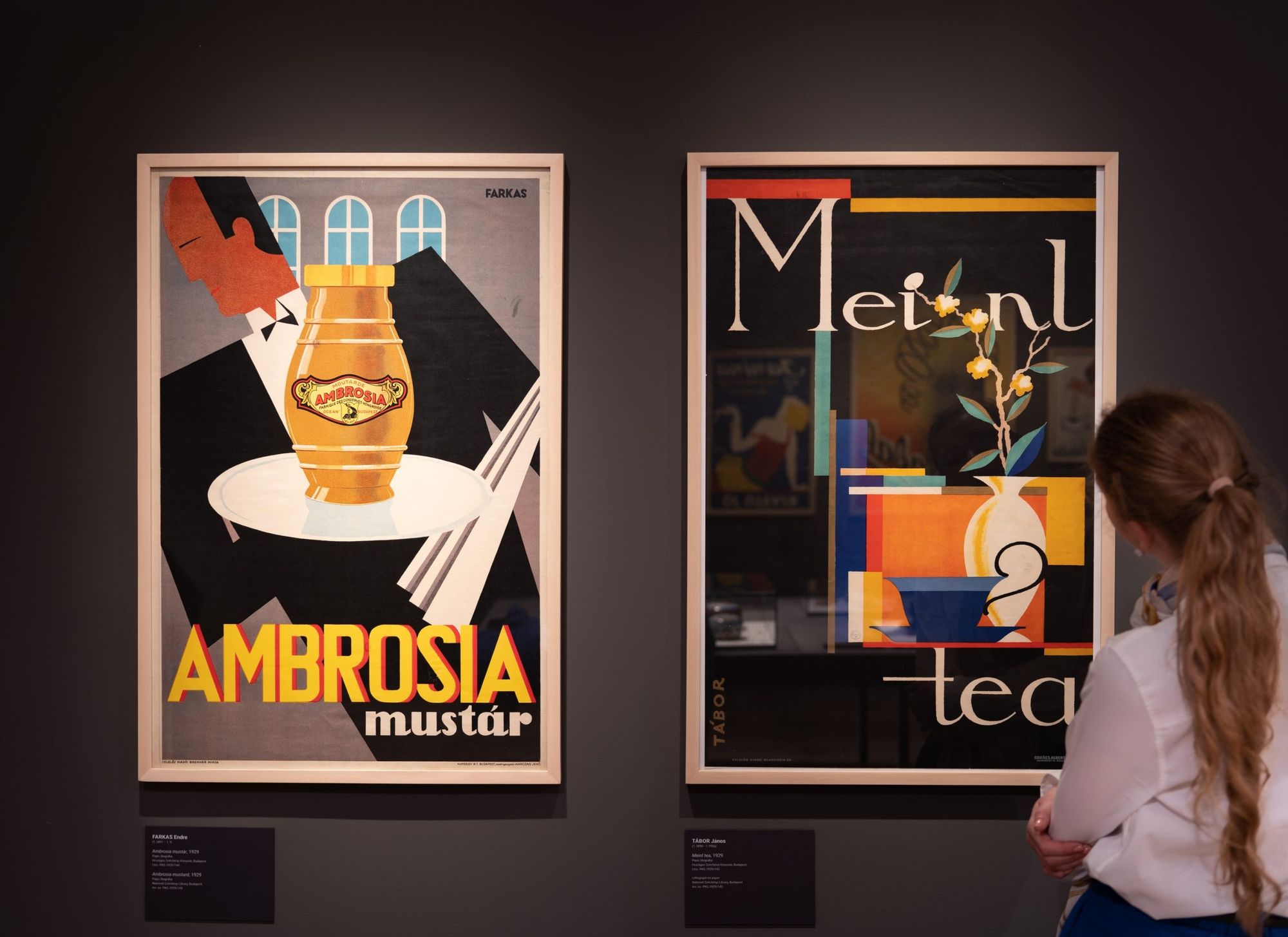You rarely see a poster exhibition in Hungary, and even less rarely see a large-scale poster exhibition like the Art deco Budapest. Posters, Lifestyle and the City (1925-1938) at the Hungarian National Gallery. It is almost ten years since visitors have been able to enjoy such a high-volume exhibition. At that time, the functionalist and constructivist aspects of the era came to the fore, while now the other face of the same era, the mundane, metropolitan and fun-chasing side, the Art Deco gets the leading role. We talked about the exhibition with curator Anikó Katona. Here’s our program recommendation!
The artwork material was assembled from the collections of the Hungarian National Gallery and two partner institutions, the National Széchényi Library (NSZL) and the Museum of Applied Arts, and feature some real rarities. While the NSZL has one of the largest Hungarian public collections with more than a hundred thousand posters, the latter revives the contemporary object culture with the works and contemporary everyday objects of the Museum of Applied Arts. Art deco, like Art Nouveau, is a very popular style. Many people love and can relate to objects and creations that radiate luxurious splendor and vibrant life. But why is that? Art historian Anikó Katona, the curator of the exhibition gives us the answer.

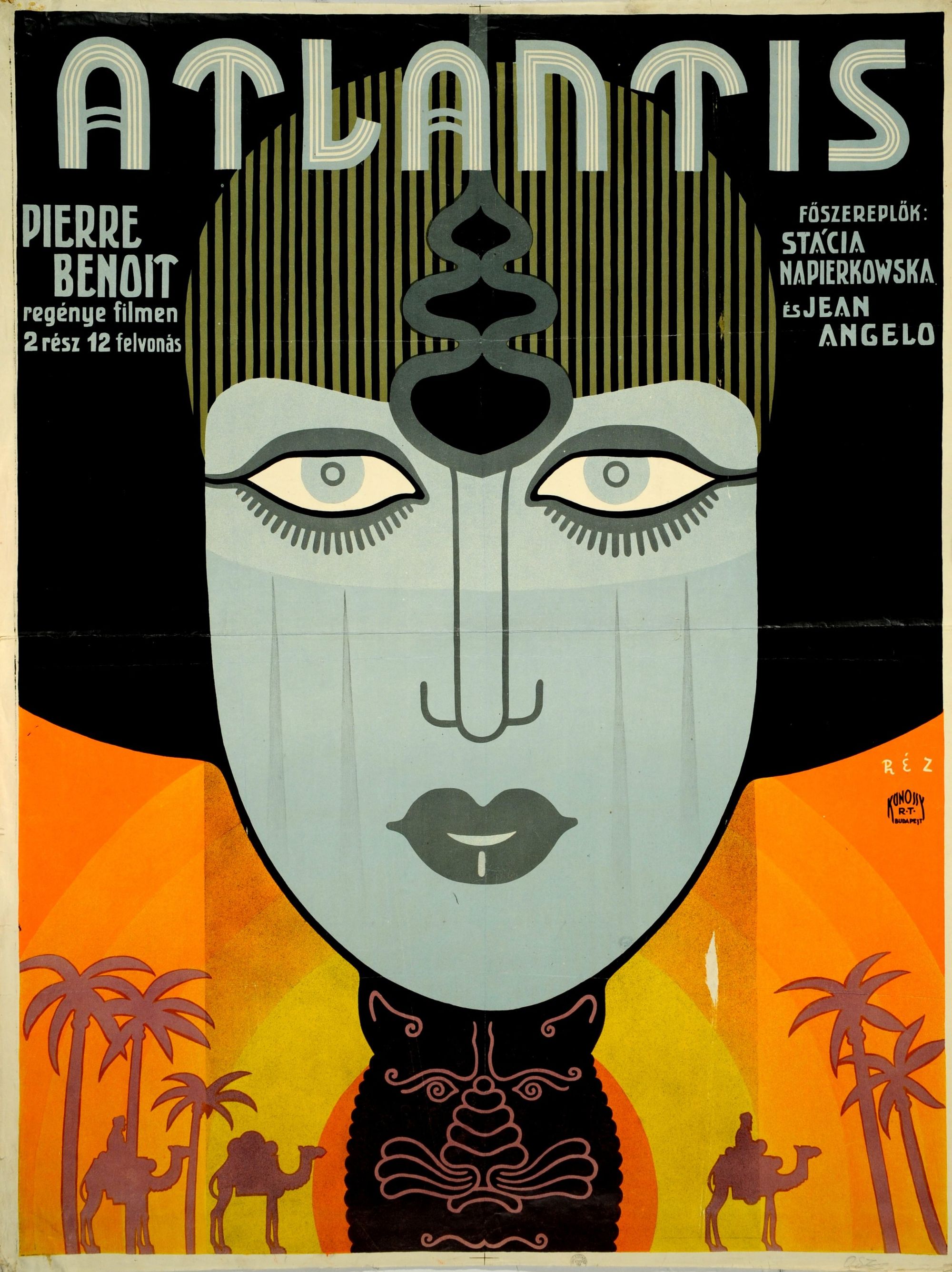

“The name itself implies that it is a very decorative style, which is also an important feature of Art Nouveau. It is also interesting how the name of the movement came about. Since it was created retrospectively, it’s very difficult to define exactly what we mean by this term, and what this concept represents in art history. This is further complicated by the fact that we use it very often in everyday language.”
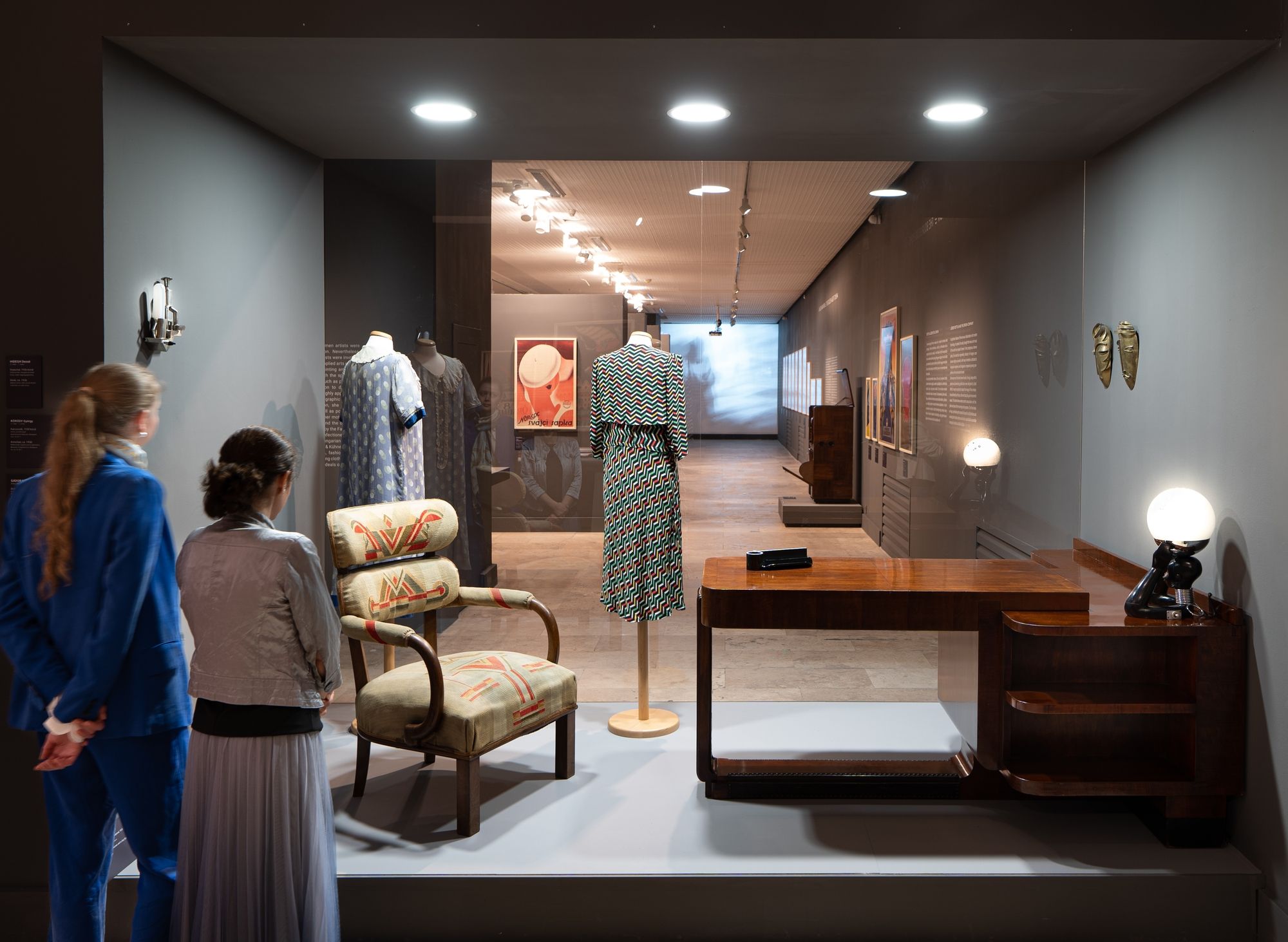
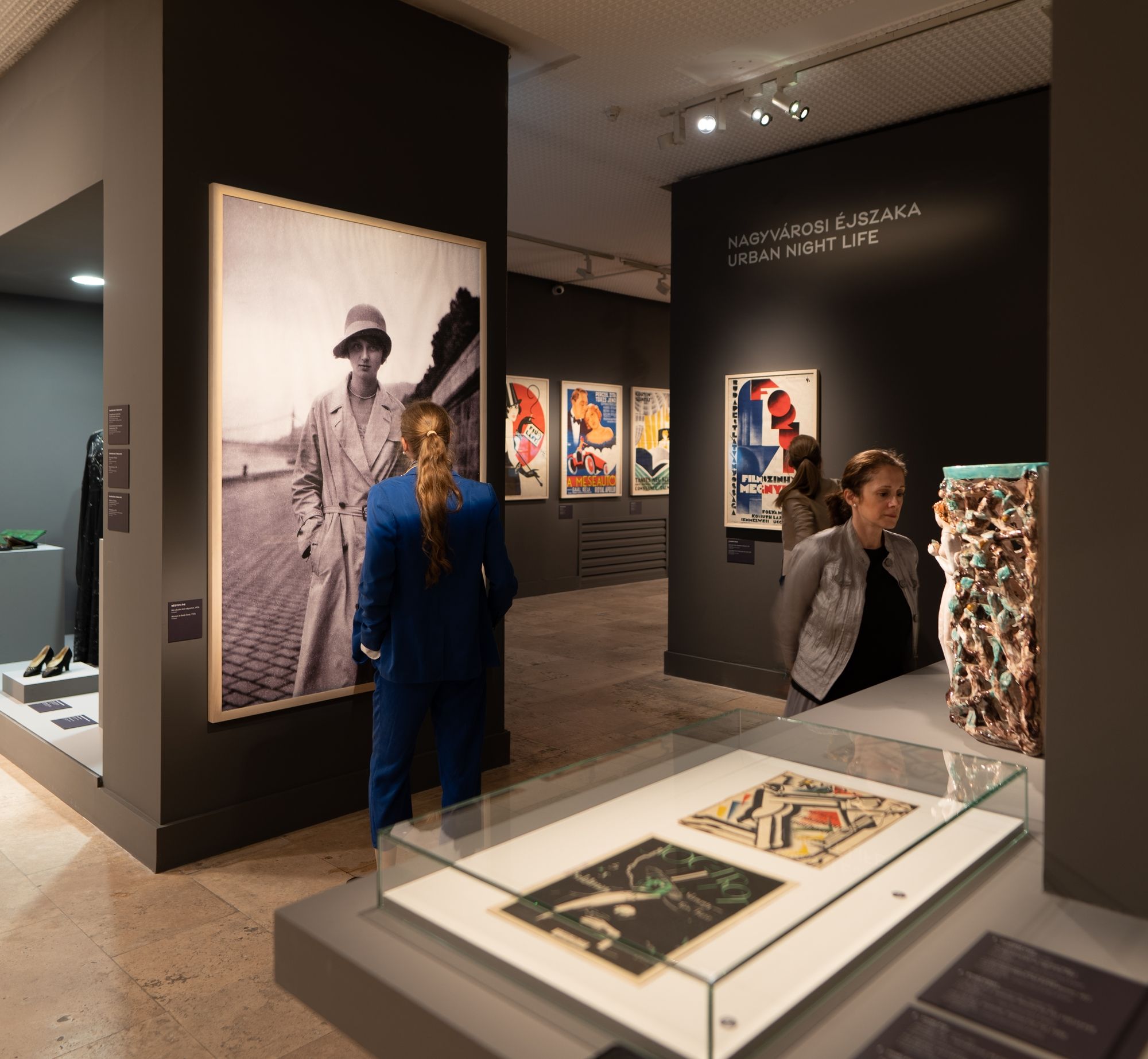

The first major art historical study was published at the end of the sixties when the name Art Deco was also born. Until then, constructivist modernism in America enjoyed unbroken popularity. The optimistic worldview, which was in fashion until then, that the world is understandable, art is structured, was replaced in the sixties by an interest in the decadent world of Art Deco, which responded to the horrors of war, a feeling of seemingly fragile peace and terrible social problems as a period of crisis. In this time of great hardship, with all the trappings of glamorous metropolitan life, light pleasures brought relief. Maybe it’s not a coincidence that all this keeps coming back to life.
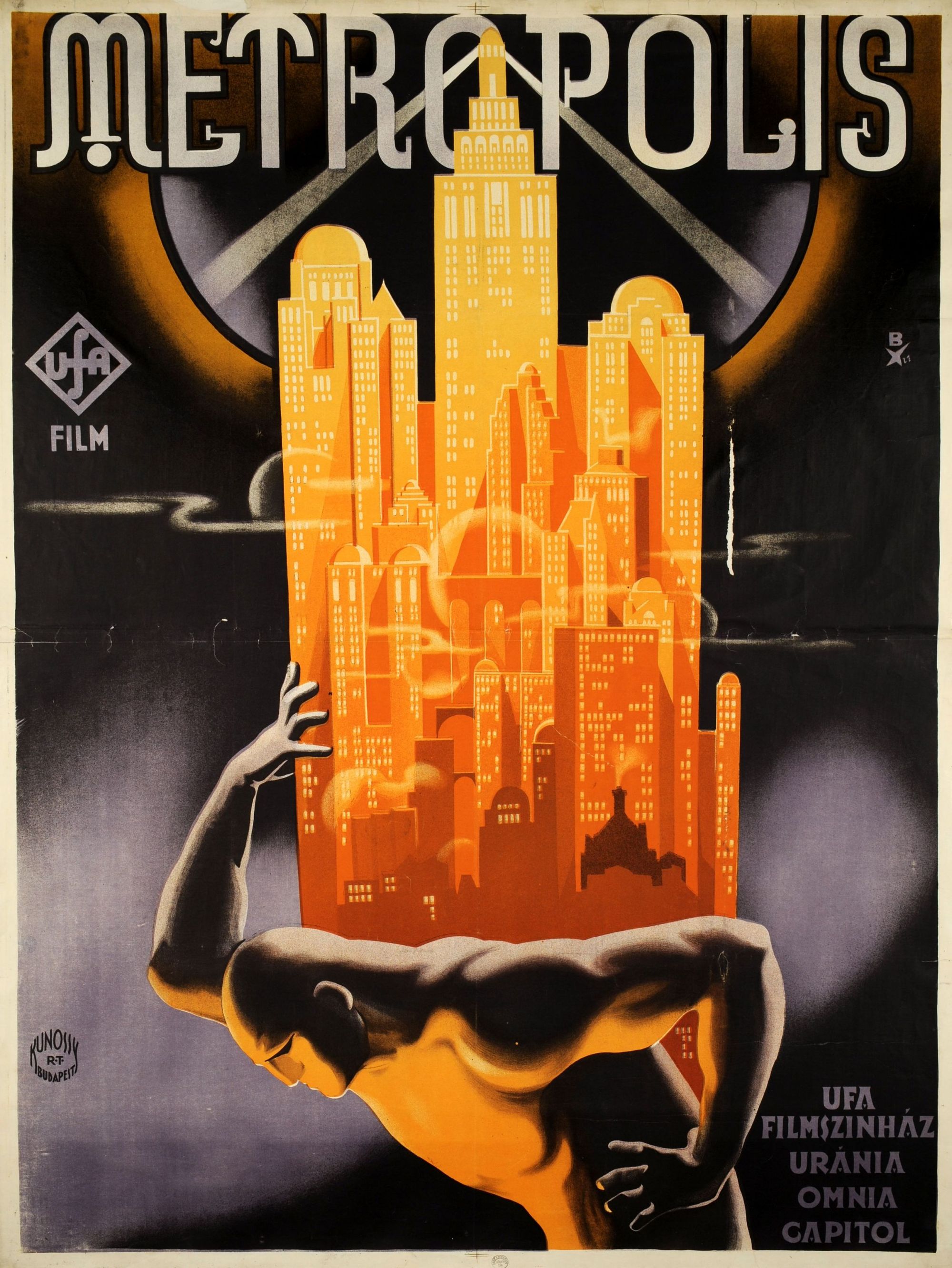
Graphic design can represent the Hungarian aspects of Art Deco very well, because the style itself was an important feature of the use of luxury materials and noble materials in applied art, which could not be found in Hungary. However, posters can express this atmosphere without material constraints. When we hear the term Art Deco, we mostly associate it with the design that is widespread in America and France, compared to which Central Europe has a very different flavor. The Hungarian style can best be put in parallel with the Czech and Polish Art Deco applied art, with which it carries many common features. Typography is also an important part of the posters, and although it is not the primary strength of the pieces in the exhibition, it is very exciting to see the quality with which the graphic designers were able to draw the letters manually at that time. A professional eye may notice that the font used for the wall and accompanying texts is very similar to the font you see on one of the posters.


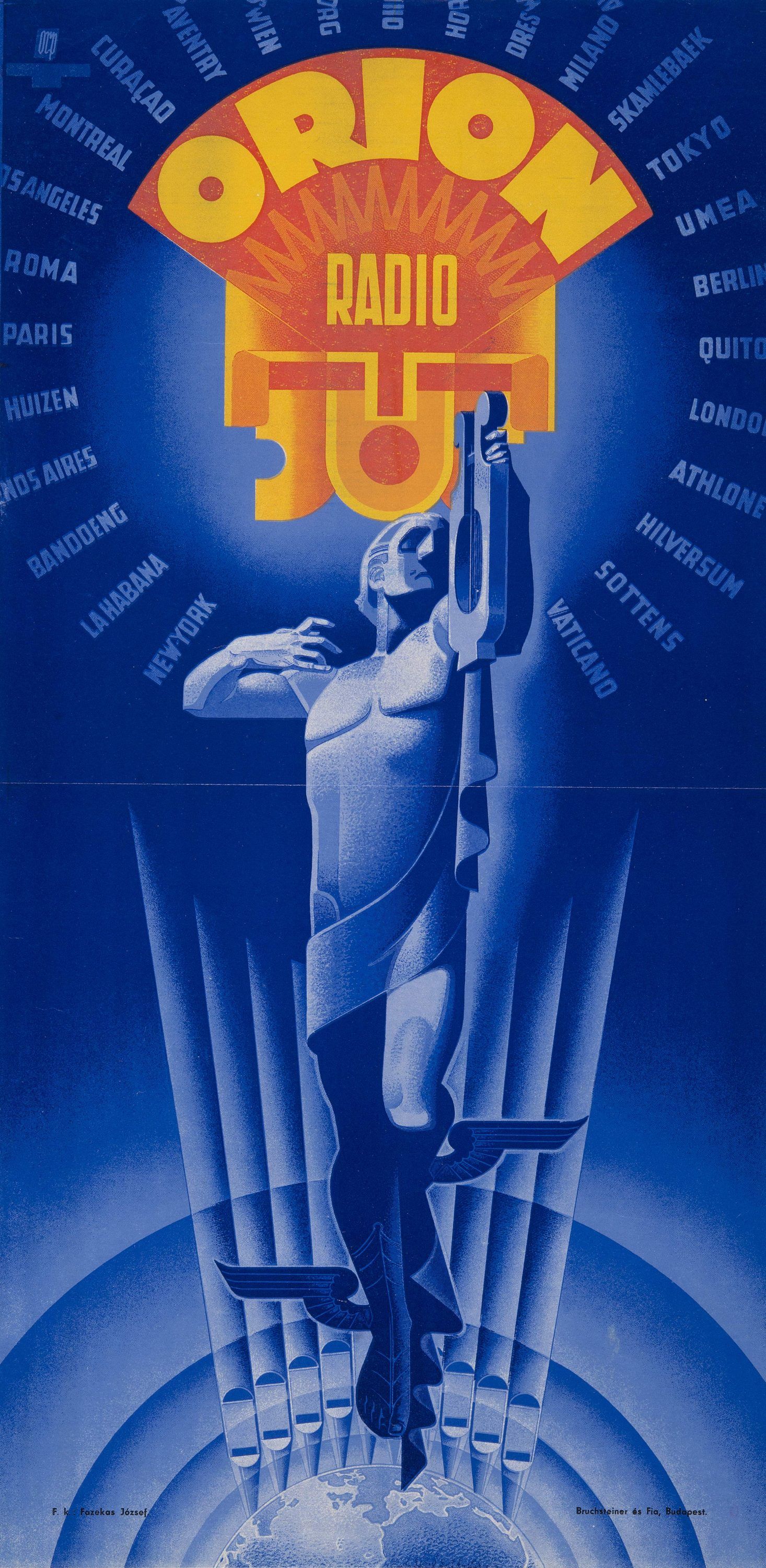
“The graphic design part of the exhibition, exhibition graphics themselves, were very important to me. Usually, the latter and the catalog are made by other designers, but here we created a special situation. The trio of Ádám Albert, Imre Lepsényi and Réka Imre dreamed up both, so the transition between the two processes was permanent during the planning. In addition, there was another key element, which was actually born years ago, a letter belonging to the identity of the exhibition, designed by Ádám Katyi. I wanted a whole new font to be made, just for this exhibition, which only we can use for the time being. To create the font, a poster, also presented at the exhibition, was used as an inspiration, the special feature of which is that the letters appear in varying font widths, which allows the text to be customized and visualized.
I think that, on the one hand, this era is very exciting, even from an international perspective, Hungarian art and design was outstanding in this era, and these very fine, delicately crafted objects can be exciting for Hungarian and even foreign visitors. Historical circumstances, post-war relief, uncontrollable fun and enjoyment of life, the recent years can be experienced even more in the post-pandemic world, making the exhibition even more up-to-date,” said the curator, Anikó Katona.
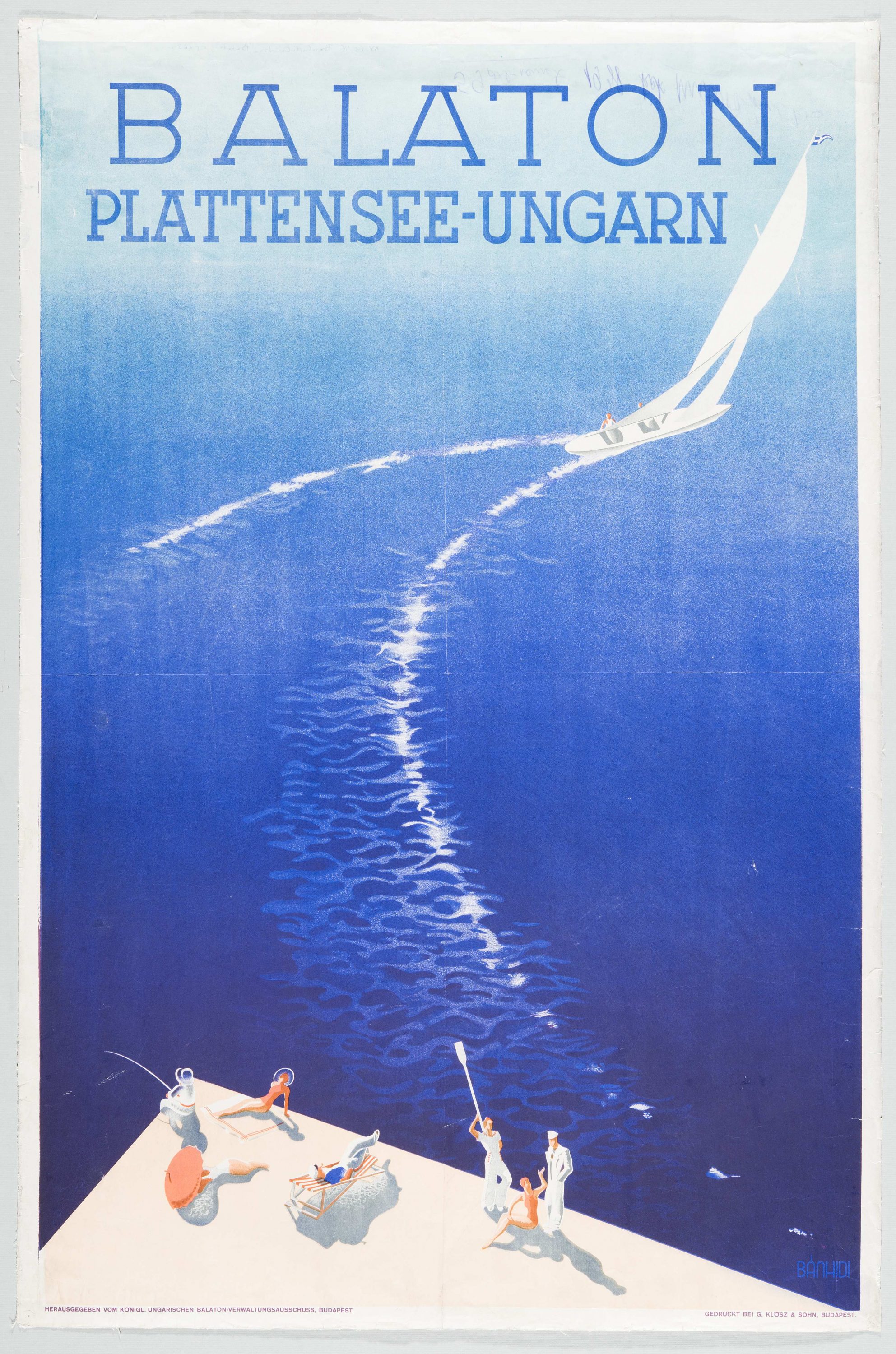
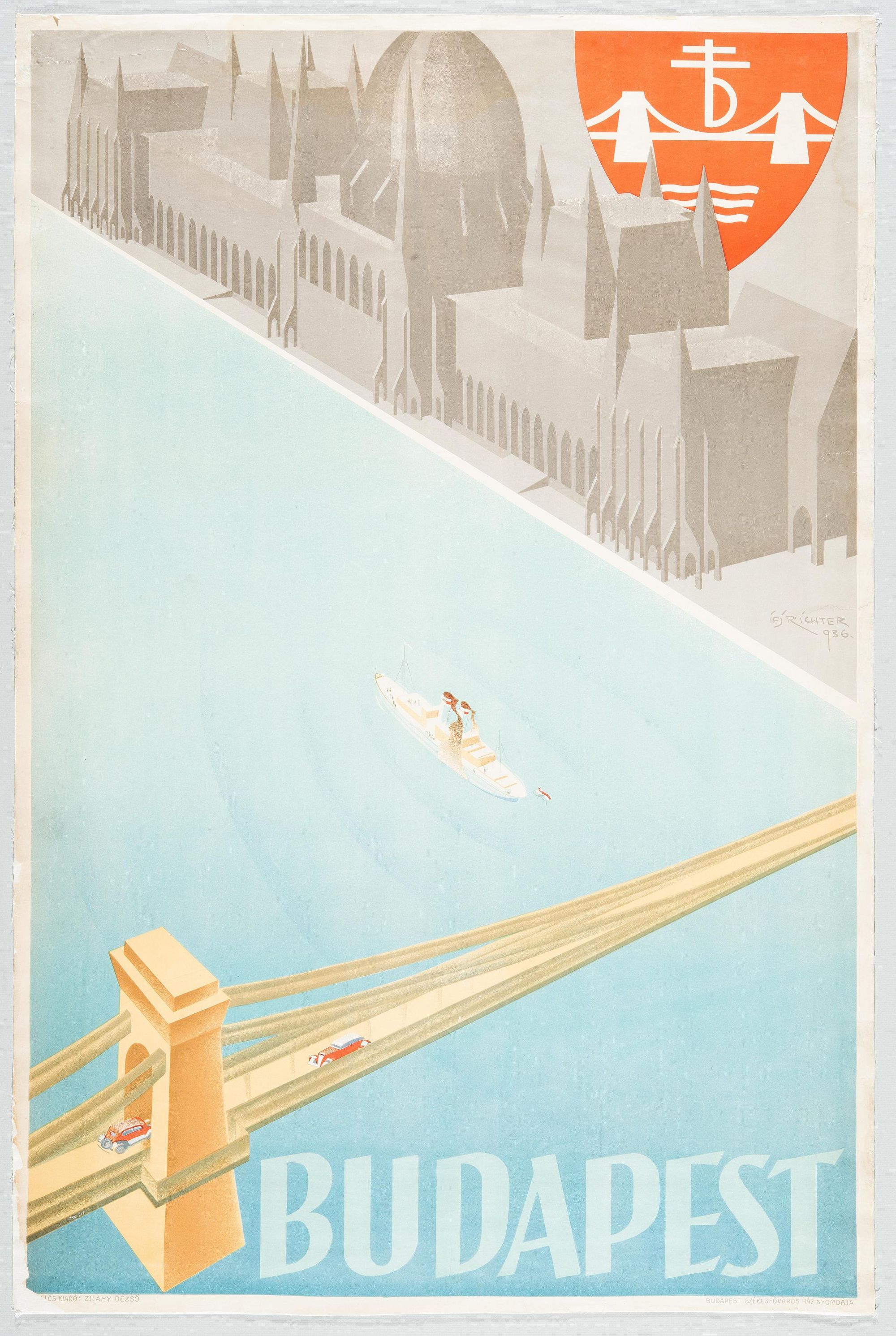
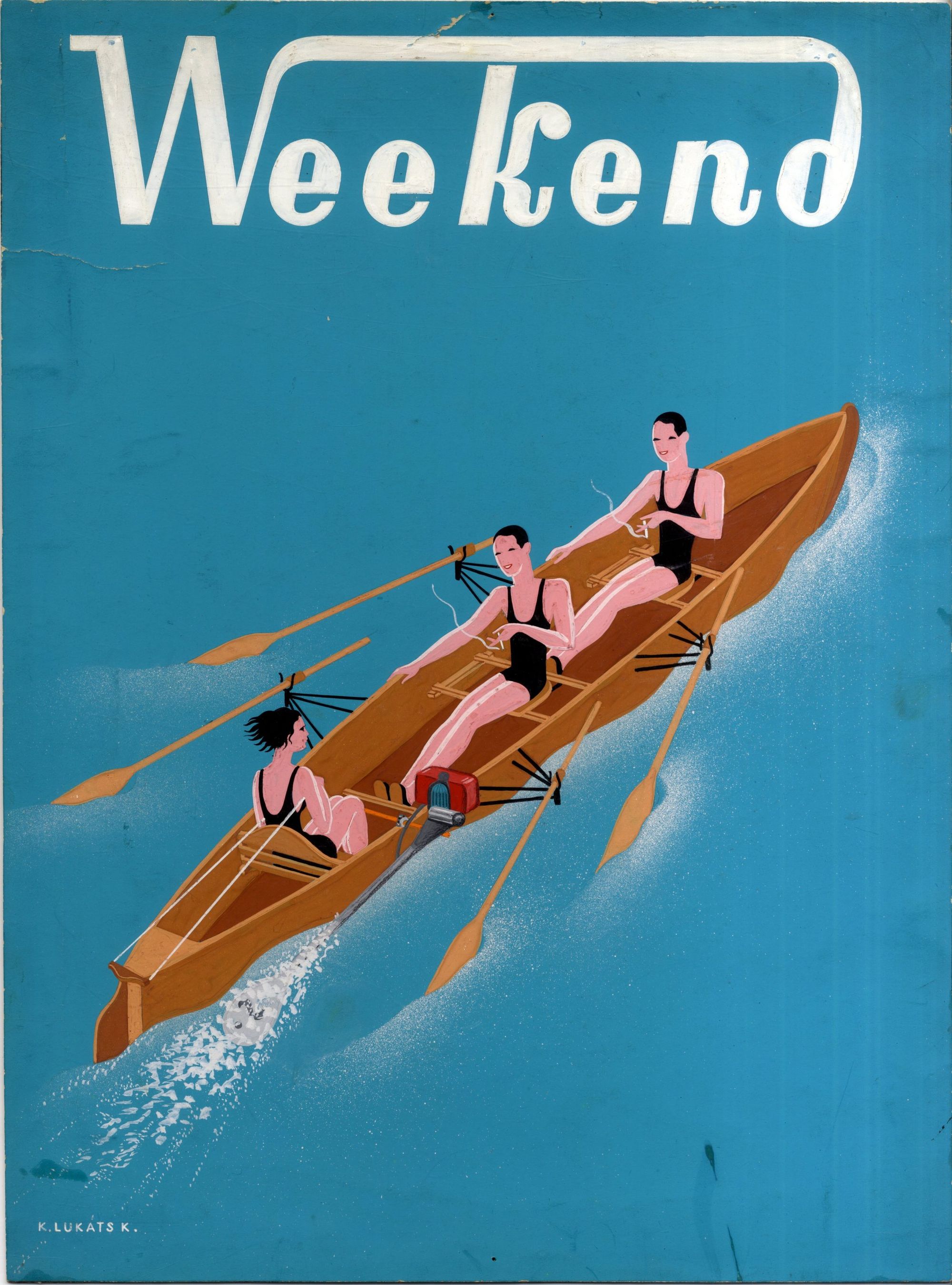
The exhibition concept takes advantage of the poster’s characteristic of showing all aspects of life through it, moving from the private sphere towards open spaces so that the exhibition becomes an “inside-out” journey through the world of Art Deco posters.
The exhibition can be visited in the Hungarian National Gallery until 28 August.
Photos: András Szántó—MNG
Hungarian National Gallery | Web | Facebook | Instagram
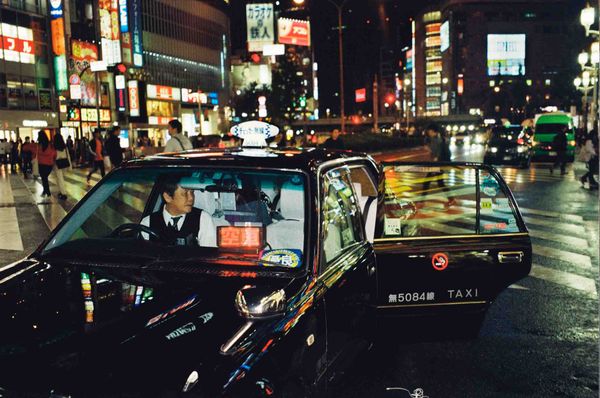
New York DJ legend, Bill Patrick’s first photo exhibition debuts at EASY Art Space
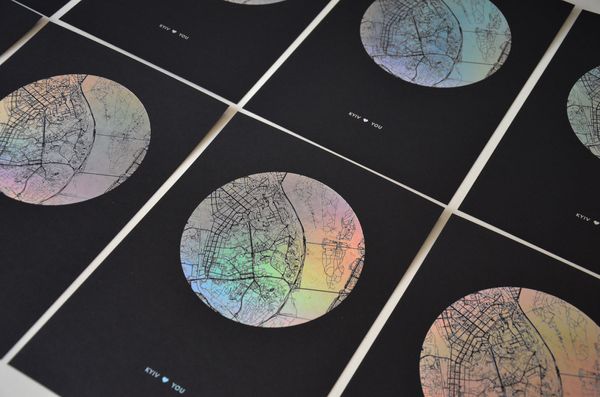
Support refugees fleeing the war in Ukraine with a DOT for You poster!
